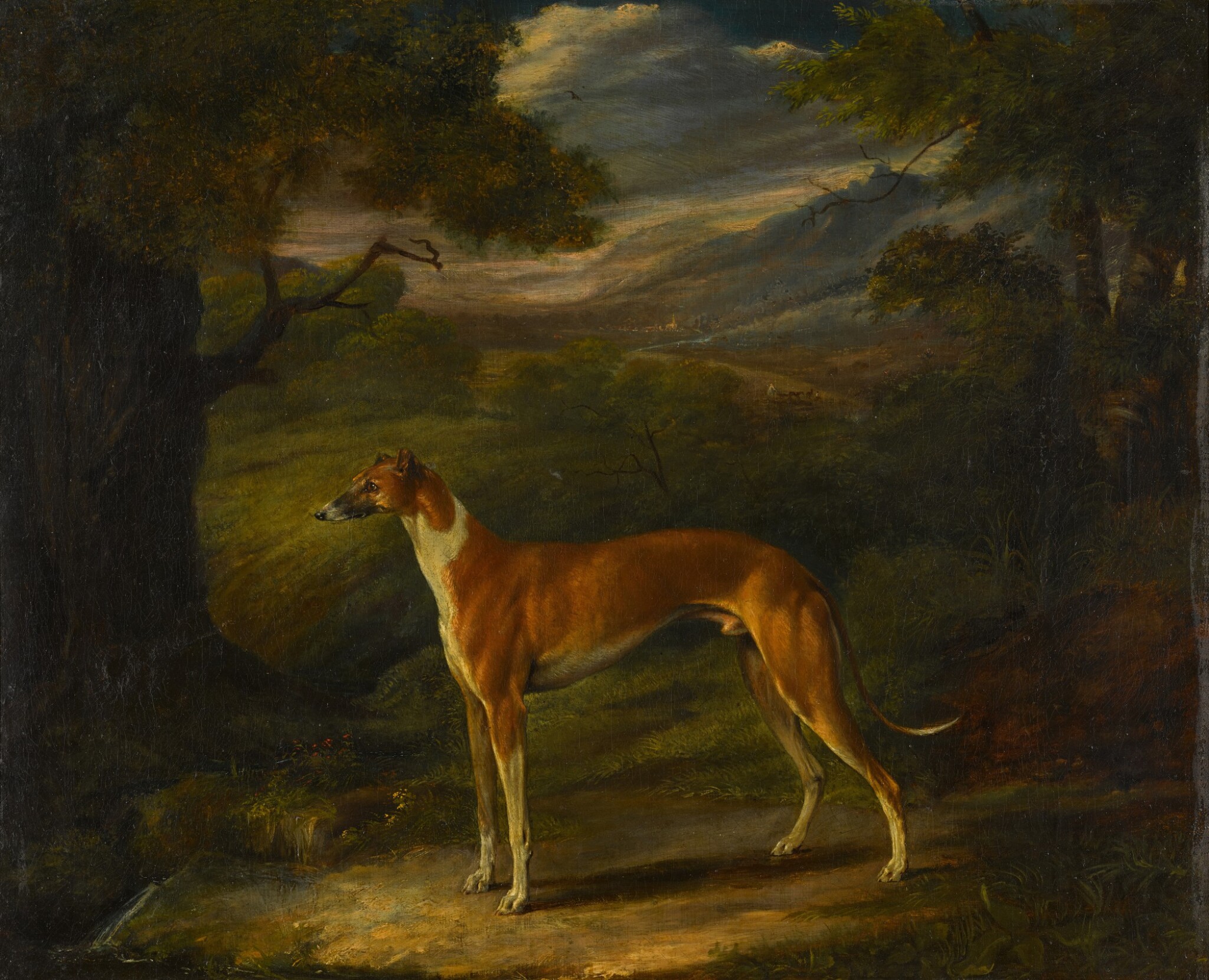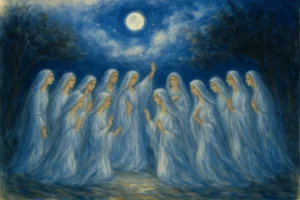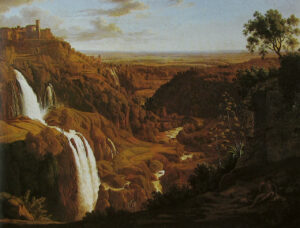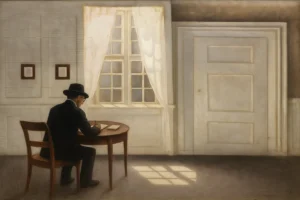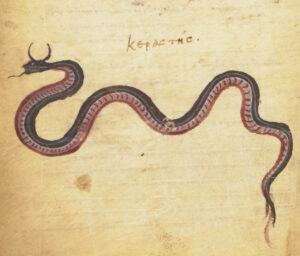infin che’l veltro verrà, che la farà morir con doglia
(Dante, Inferno I, 101)
In Dante’s Inferno, the beast that saves is neither king nor prophet, neither emperor nor saint. He is simply called il Veltro, the Sighthound. Lean, swift, keen-eyed; born not for glory but for devotion. In him lives the sacred instinct that cuts through shadow and clears the path ahead. Where others falter, he moves forward. His power is subtle but relentless, carried by a truth sensed rather than spoken.
The sighthound, the Veltro, is no mere creature; he is an archetype of fidelity to the invisible. He belongs to the moonlight, to the hunt, to the wilderness of instinct. Silent, unadorned, he follows a scent that rises from hidden places, the scent of what the soul has lost, of what must again be found. In poetry, in vision, he appears only when the divine demands a chase, when something precious and elusive slips toward oblivion.
To Jaime Gil de Biedma, the sighthound was a returning echo, a beast from the underworld, bringing back words once forgotten. To Dante, he was the only creature swift enough to confront beasts of greed, lust, and pride. Here, in the Mirror of Sienna, he is the sacred animal, the hidden companion, the living devotion: he stands ready, eyes lit by lunar glow, muscles tense for pursuit.
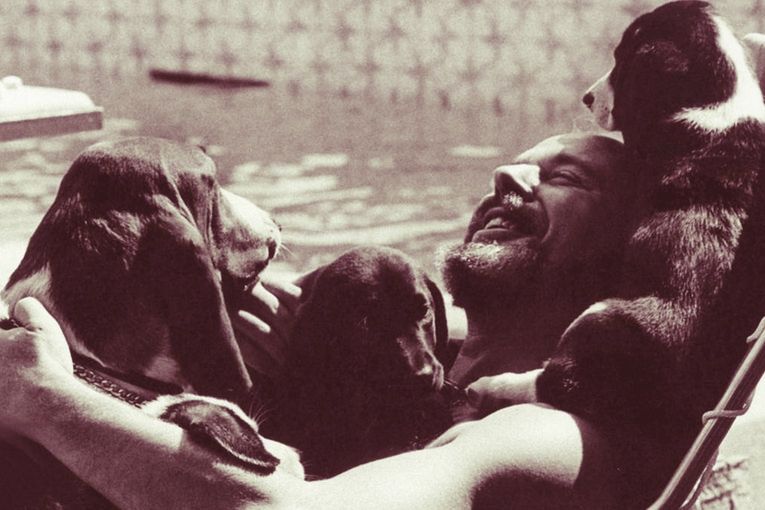
This altar was never constructed, it was tracked, scented out, revealed by instinct. Each vision, each symbol, is a footprint the sighthound followed through darkness and fire. He waits at the threshold, alert, listening to a voice deeper than reason. He runs when it calls. His arrival announces a shift, a crossing, a passage from obscurity into revelation.
Let the sighthound run freely. Let him search until the lost thing returns. Let him guard the Moon’s reflection. Quiet, true, and always alert beneath Her gaze.
